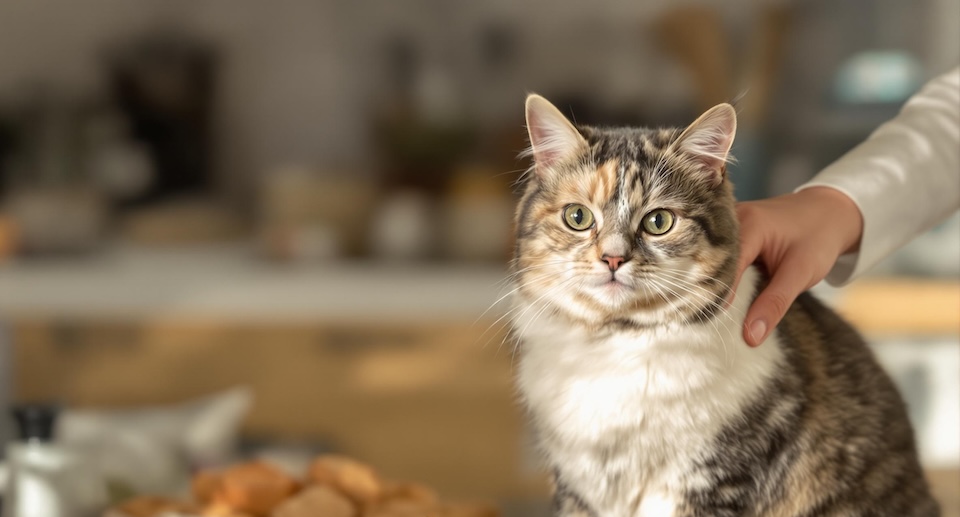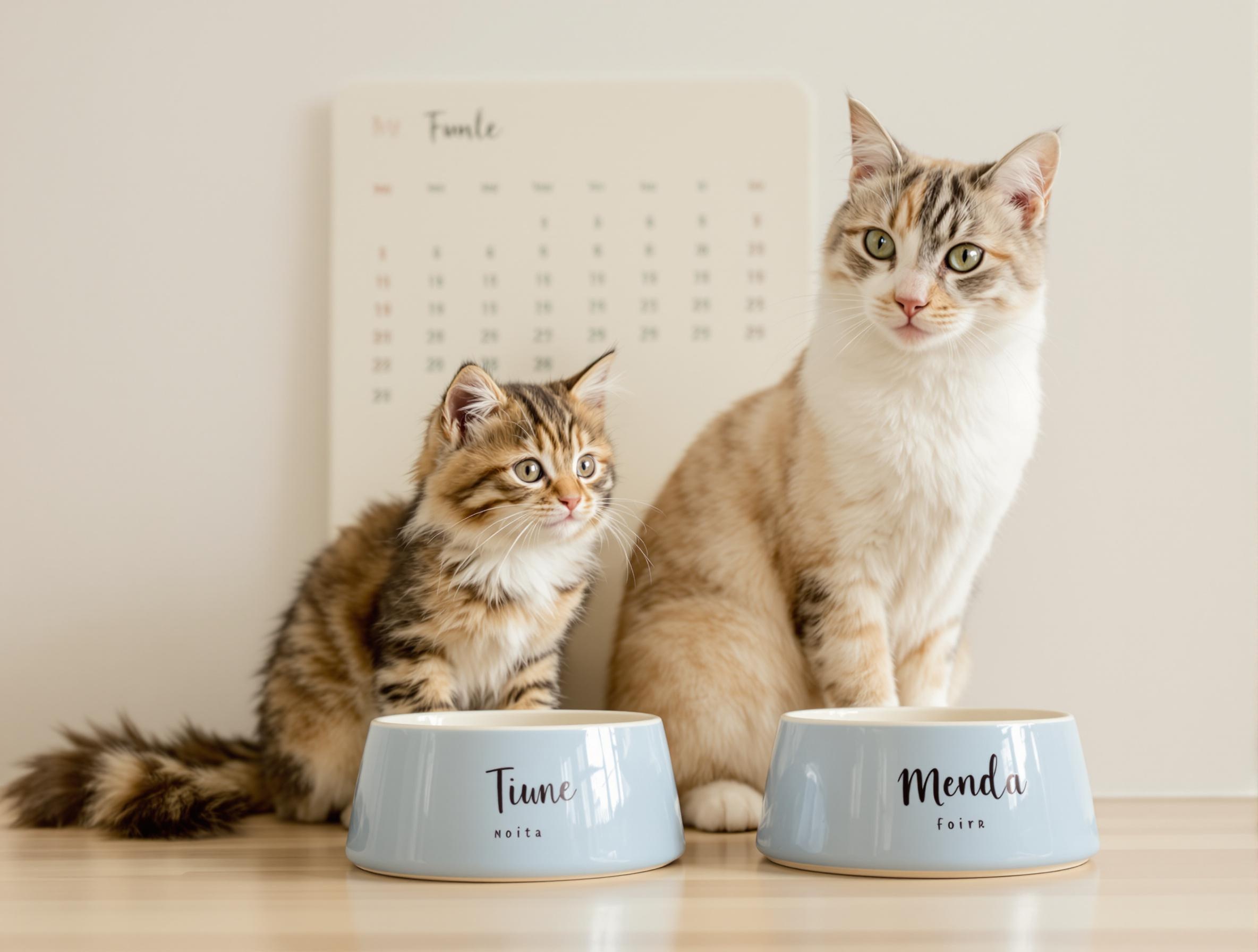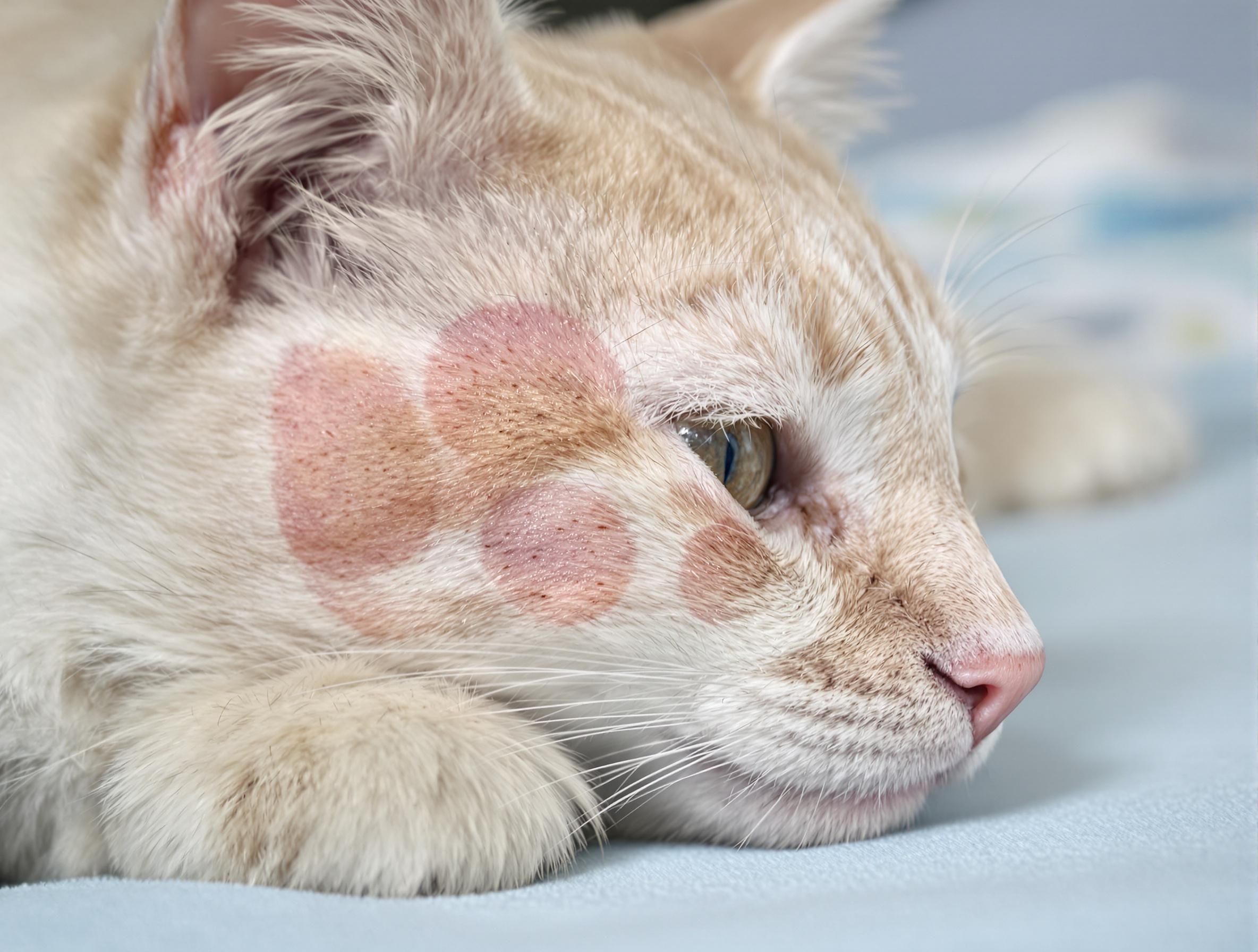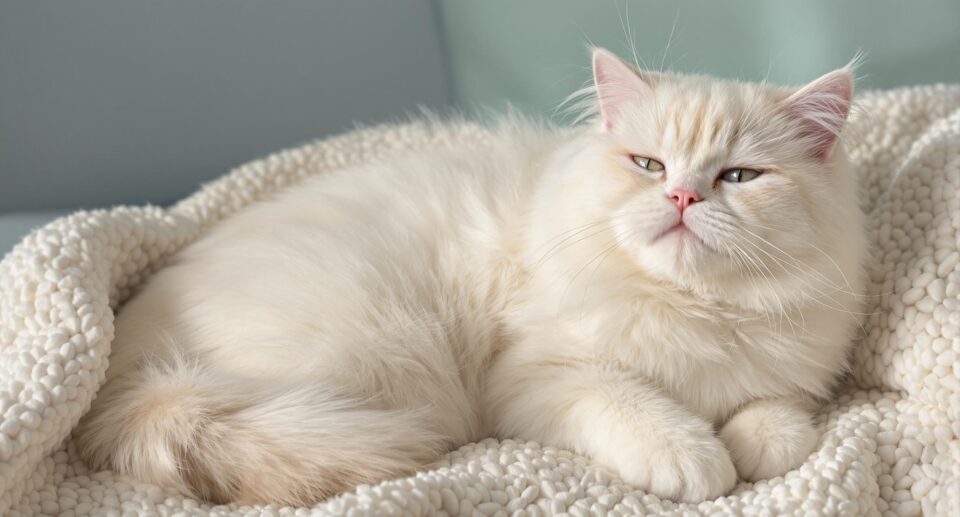
Key Takeaways
- Cats purr for many reasons, including comfort, communication, and self-soothing, making it more than just a sign of happiness.
- The vibration frequency of purring supports healing, reduces stress, and may ease pain for both cats and their humans.
- Understanding different types of purring sounds and behaviors helps deepen your connection and recognize when your cat needs support.
A cat’s purr is one of the most recognizable and heartwarming sounds in the animal world. While many people associate purring with contentment, this unique vibration serves a wide range of purposes. From early kittenhood to adult life, purring becomes a valuable communication tool that reflects your cat’s emotions and physical state.
Cats use their purrs to express more than just happiness. Some purr when they’re seeking attention, others when they’re trying to comfort themselves or signal discomfort. At PetHealthMD, we’re here to help you decode these subtle cues so you can better understand what your cat is feeling and how to respond in a way that deepens your connection.
How Do Cats Purr?
A cat’s purr starts deep in the brain. A signal from the brain tells the voice box muscles, called the laryngeal muscles, to twitch rapidly at a rate of 25 to 150 vibrations per second. This causes a rhythmic opening and closing of the space between the vocal cords.
As your cat breathes in and out, air touches those vibrating muscles and produces that soft, familiar rumble. Cats can purr while both inhaling and exhaling, which gives the sound its continuous, soothing tone.
This process often happens when your cat is relaxed, but it can also occur during stress or pain. While purring is commonly linked to happiness, it’s also a reflex hardwired into their system—one that can occur in many emotional states.
Reasons Why Cats Purr
Cats purr for more reasons than just feeling content. While the sound is often linked with comfort, it also serves deeper physical and emotional purposes.
- To show contentment: Relaxing on your lap, soaking up the sun, or enjoying gentle petting can trigger purring as a sign of happiness. A cozy cat bed gives them a secure place to unwind and encourages that soft rumble.
- To communicate with you: Cats may purr to get your attention, especially when it’s mealtime or when they want affection.
- To bond with their kittens: Mother cats purr to guide and comfort their newborns, while kittens start purring back within days to show they’re okay.
- To self-soothe during stress: Cats may purr when they’re anxious or scared. It can help them calm down and regulate their emotions.
If your cat is purring unexpectedly, take note of what’s happening around them. Whether it’s a cuddle session or a stressful moment, the reason behind their purr often depends on the context.
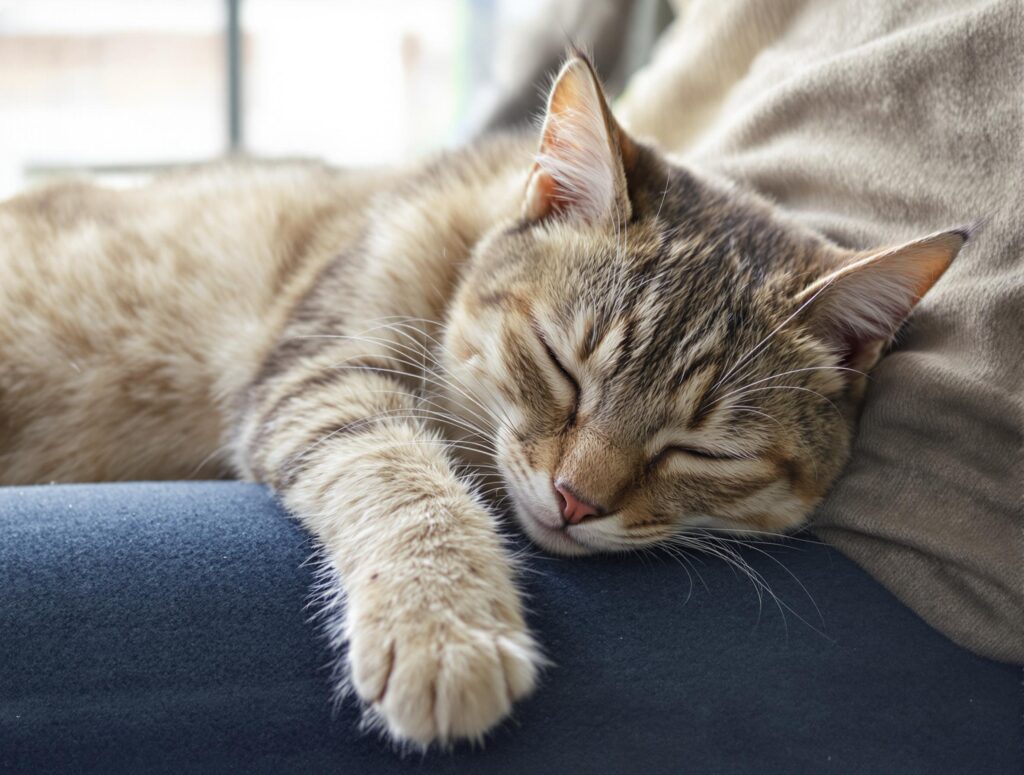
Health Benefits of Purring
Purring isn’t just a sign of contentment—it plays a vital role in your cat’s physical health. The vibrations, typically between 25 and 150 hertz, help support healing by promoting muscle repair and maintaining bone strength.
Cats instinctively purr when their bodies need extra support. Whether they’re recovering from a minor injury or winding down after play, purring helps soothe inflammation and ease discomfort. Understanding this natural recovery mechanism can help you recognize when your cat might be managing pain or fatigue.
Supporting your cat’s comfort with calming aids like cat stress relief products can also make a big difference in their well-being.
How Purring Benefits You
The soothing sound your cat makes isn’t only helping them—it helps you, too. Those gentle vibrations can lower your stress levels, reduce blood pressure, and promote relaxation. Curling up with a purring cat can ease tension and help you unwind after a long day, reinforcing the emotional bond between you and your pet.
Understanding Purring Sounds
Recognizing different types of purring helps you better respond to your cat’s needs:
- Happy and content purrs: Gentle, rhythmic, and paired with relaxed body language.
- Hungry or attention-seeking purrs: Mixed with meow-like sounds, often before feeding time.
- Comfort-seeking purrs: Louder than usual, sometimes paired with tense posture or hiding. Offer reassurance and comfort.
- Motherly purrs: Deep and steady, used by nursing cats to communicate with kittens.
- Pain-related purrs: Unusual or strained sounds may indicate discomfort. If persistent, consult your veterinarian.
Why Do Some Cats Purr Louder Than Others?
Differences in purring volume often come down to genetics and personality. Physical traits like muscle structure around the larynx determine natural sound intensity. Personality also plays a role—some cats learn that louder purring gets more attention or affection and adjust accordingly.
When to See a Vet About Changes in Purring
Watch for sudden changes in your cat’s purring patterns, such as new intensity, frequency, or tone. Purring paired with restlessness, labored breathing, or hiding behavior may indicate health concerns. In these cases, a prompt vet visit is essential. You can also explore cat health and wellness products to support their recovery.
A Quiet Sound with Powerful Meaning
Every time your cat purrs, they’re communicating with you—whether it’s comfort, affection, or an emotional need. Paying attention to these subtle cues helps you better understand their behavior and strengthen your bond.
PetHealthMD and 1800PetMeds are here to help you navigate every stage of your cat’s life, from wellness care to emotional understanding. By learning your cat’s unique language, you can create a deeper, more trusting relationship that supports their health and happiness.



